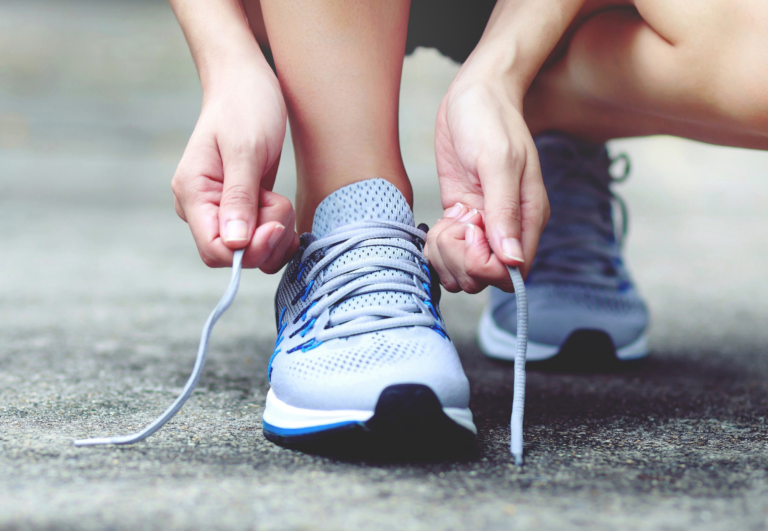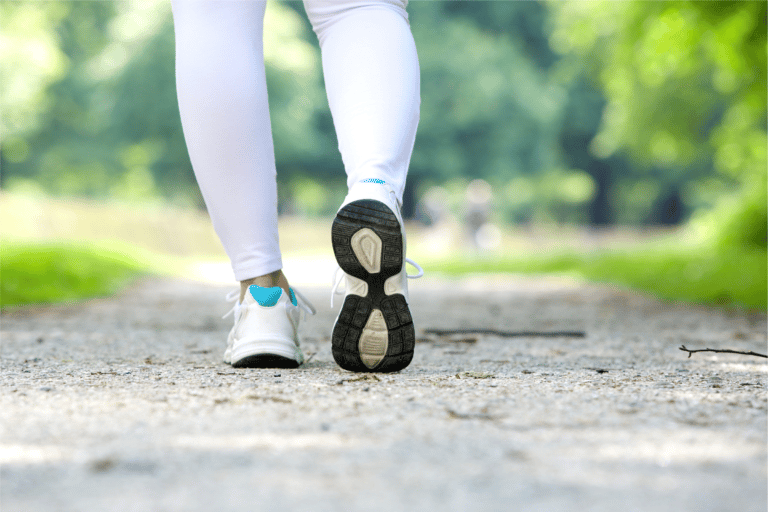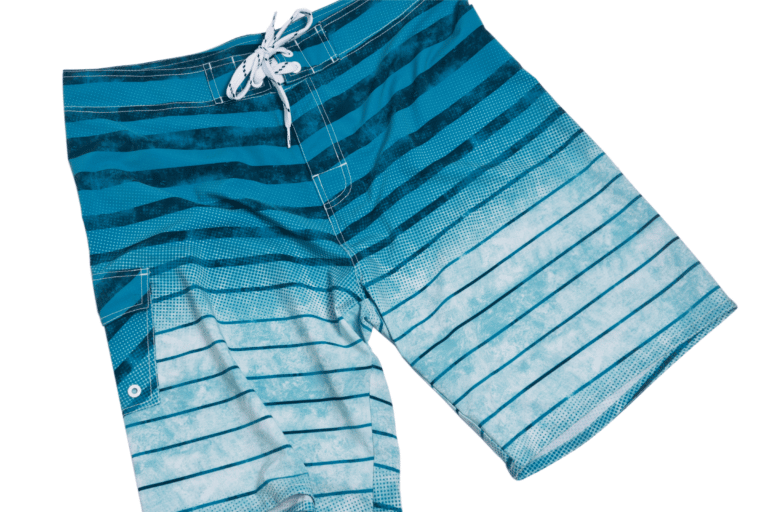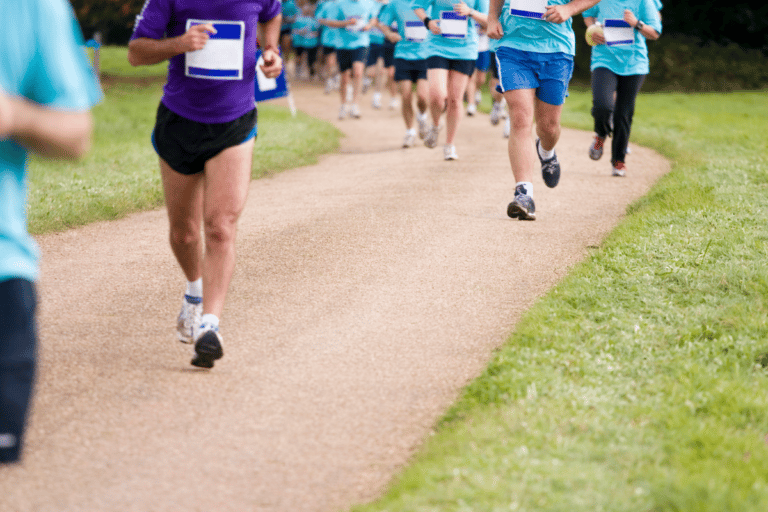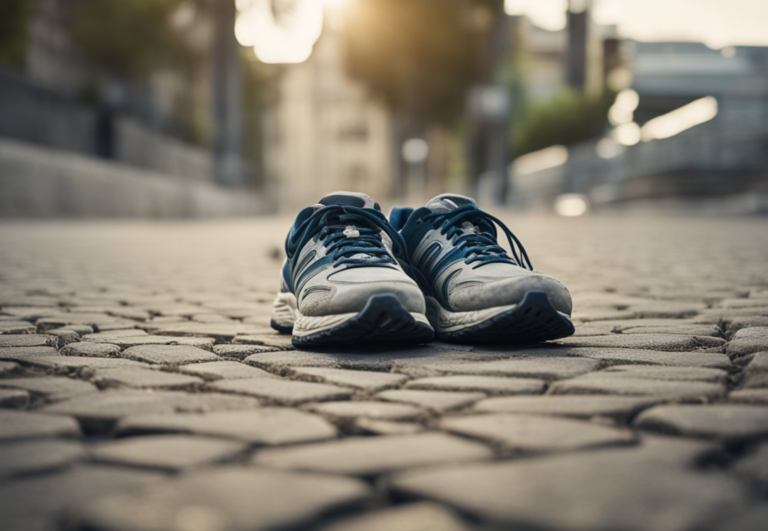Running In Sweatpants: When It Makes Sense & When To Look for Alternatives
Running in sweatpants might seem like the best choice during the cold season, but is it really the best choice with so many other options on the market?
You can run in sweatpants, but only over a short distance or for a short while. When running in sweatpants, you get wet and stay wet due to its cotton material. The result is that you will get chilly later on, which can be detrimental to your health. Also, once drenched with sweat, your sweatpants will become heavy and uncomfortable while running.
Keep reading to learn about why you shouldn’t run in sweatpants, the difference between sweatpants and jogging pants, and other alternatives to running in sweatpants.
Is it okay to run in sweatpants?
Since the sweatsuit’s introduction into sports in the 1930s, more comfortable and healthy alternatives have become available.
At this point, it is not okay to run in sweatpants. Although sweatpants significantly reduce the time it takes you to warm up, they can get uncomfortable after running in them for a while and can actually cause a health risk if worn in the wrong conditions.
Heat retention, lack of modern moisture-wicking properties, overall performance, and cost are the main factors you should consider when deciding whether or not to run in sweatpants. We’ll look at each of these in detail below.
Why do some people wear sweatpants while running?
Most people wear sweatpants during the cold season, even if it’s just around the house.
Wearing sweatpants to run will increase the heat your body generates per minute. This increase in body heat will help your body warm up faster. Some people believe this will also help you lose more weight while running, but this has been disproven.
More sweat does not relate to more calories or fat burning.
It also does not mean you are exercising more effectively. The human body sweats to cool itself.
Wearing sweatpants to sweat more and to lose weight faster is not a valid reason to run in sweatpants.
Are sweatpants the same as jogging pants?
Although sweatpants and jogging pants are often worn interchangeably, they are different and designed for separate purposes.
You can tell sweatpants and joggers apart by examining the:
- Design – Sweatpants are more baggy looking, while joggers are more fitted
- Thickness – Sweatpants are thicker, while jogger pants are thinner and more breathable
- Purpose – Sweatpants are primarily for sport, while jogger pants are for sporting and fashion purposes.
However, there are better sports pants for running and other sporting activities.
Differences between sweatpants and jogging pants
As discussed earlier, sweatpants are different from jogging pants or joggers.
Sweatpants and jobbing pants differ in their:
- Materials
- Heat retention
- Moisture wicking
- Weight
- Cost
- Overall performance
Let’s look at each of these in detail.
Materials
The material used to construct either type of pants will have a huge influence on its breathability, weight, heat retention, any moisture-wicking qualities, and more.
Sweatpants are made of heavy materials and are intended primarily to keep the wearer warm. Joggers, conversely, are typically thinner and allow for greater breathability.
Cotton is the traditional material used in the production of sweatpants. Fabrics like cotton blend, wool, and fleece may also be used, and man-made materials such as polyesters, nylon, and spandex may be added for a custom blend.
Joggers are made from fabrics like cotton and fleece, with a combination of polyester to enhance the feel and performance.
Heat retention
Heat retention is a very vital feature when it comes to running gear, especially in the cold season, as it is essential to keep your body warm during a run.
Sweatpants are made much thicker and help to retain heat. This thickness traps heat close to your body to help quickly warm up your muscle. Joggers are much thinner so that your legs can breathe. The lighter fabric will not allow much heat close to your skin.
Before starting your running session, it is important to warm up your muscles. Not warming your muscles before running can lead to muscle soreness and other muscle injuries. Benefits of warming up include:
- Improved performance
- Improved blood flow
- Faster muscle contraction/relaxation
- Injury prevention
- Mental preparation
Moisture wicking
Moisture-wicking pants move sweat from the body to the outer layer of the pant’s fabric. This design helps to regulate body temperature and keeps you dry despite perspiration.
Traditional sweatpants do not include moisture-wicking properties in the athletic sense. While the pants may absorb any sweat, it will not be moved away from the skin. Instead, the pants are likely to become weighed down during intense runs. Many joggers are made of either natural or developed moisture-wicking fabrics.
Some moisture-wicking fabrics include:
- Polyester
- Polypropylene
- Merino Wool
- Wool
- Nylon
- Micromodal
- Bamboo
Weight
While the weight of your pants may not seem like a big deal for a day on the couch, it can make a significant difference over the course of a long run.
When it comes to weight, sweatpants are much heavier than jogger pants. This heavyweight is because sweatpants are thicker than jogger pants. While running in sweatpants, it soaks up sweat and inevitably becomes uncomfortable.
Jogger pants, however, are much lighter and do not soak up much sweat, as they allow your legs to breathe.
Cost
Both sweatpants and jogger pants are not expensive. Their prices vary according to the brands you want to get.
Overall, both sweatpants and jogger pants made for athletic purposes are much cheaper than those made for fashion.
They are cheaper because athletic sweatpants or jogger pants are made from cotton and polyester, while the ones made for fashion are from other expensive materials like cashmere.
Overall performance
When comparing sweatpants and jogger pants, they both have defining qualities – whether these are good or bad will depend on your intended use.
Sweatpants and jogger pants differ in design. Classic sweatpants are baggier and have a loose end at the ankle area. Modern jogger pants are more fitting and usually have an elastic band at the ankle.
Sweatpants will also warm you faster than jogger pants as they are thicker and retain heat more. Jogger pants do not hold much heat, so your body won’t get warm quickly.
Jogger pants are much more breathable and allow you to go on long runs with them. Going on longer runs in sweatpants will not be comfortable as they get heavier due to moisture from sweat.
Four alternatives to running in sweatpants
There are several alternatives to running in sweatpants. Some of these alternatives do not generally require you to ditch your sweatpants.
Instead of running in sweatpants, consider:
- Compression shorts or pants
- Sweatpants over shorts
- Shorts
- Joggers
Let’s take a look at each of these. Before making a final decision, you’ll want to consider your running style, environment, and specific needs.
Compression Shorts or Pants
Compression pants (or shorts) are great options and are popular with many runners.
Compression pants can prevent wind from coming in contact with your skin. Even in the cruelest winter season, you can be sure to have your skin protected from the cold wind.
Compression shorts and pants have other benefits including reduced:
- Inflammation
- Muscle pain and damage
- Chances of fatigue
- Groin pain
Sweatpants over Shorts
Wearing sweatpants on top of your running shorts can help warm up faster.
You can remove the sweatpants once your body is warm and your muscles are ready for a running session. By doing this, you can comfortably run for extended periods without worrying about your body being warm enough or uncomfortable due to the heaviness of the sweatpant.
Shorts
Running shorts are generally the primary and most comfortable choice for running.
If the weather is not too cold or cold enough that extra running garments are needed, then just run in your shorts.
Joggers
For running, Joggers are good alternatives to sweatpants.
They are lighter and allow your legs to breathe. Unlike sweatpants, you can go on longer runs with joggers because joggers do not retain that much heat and would not get soaked up during long runs.

